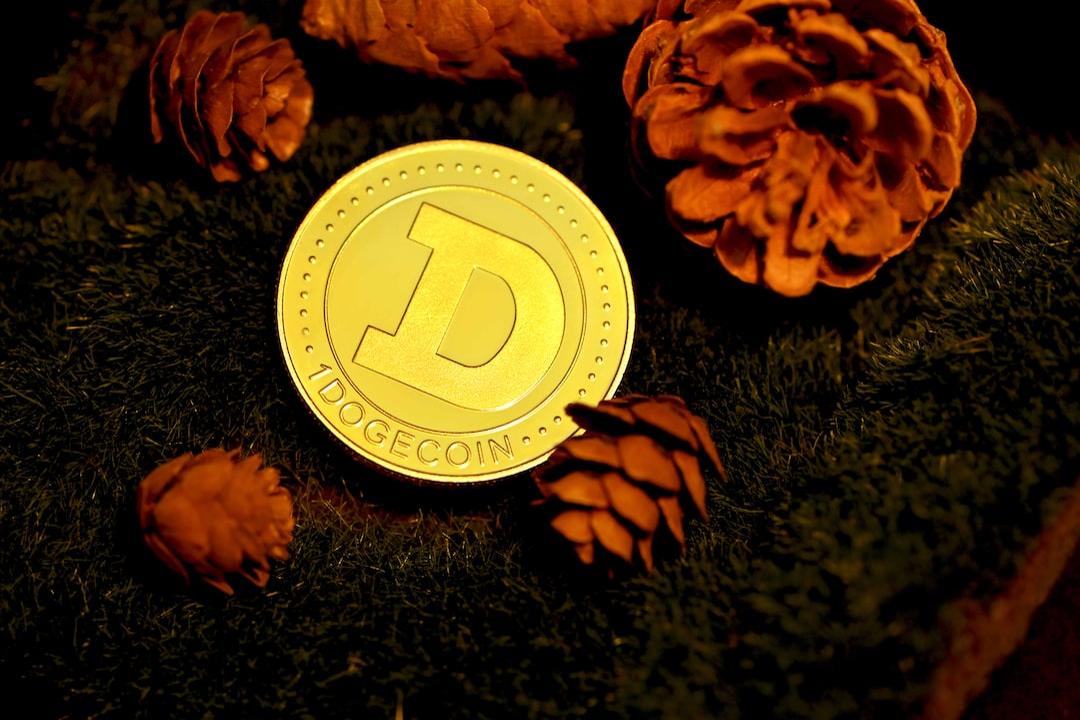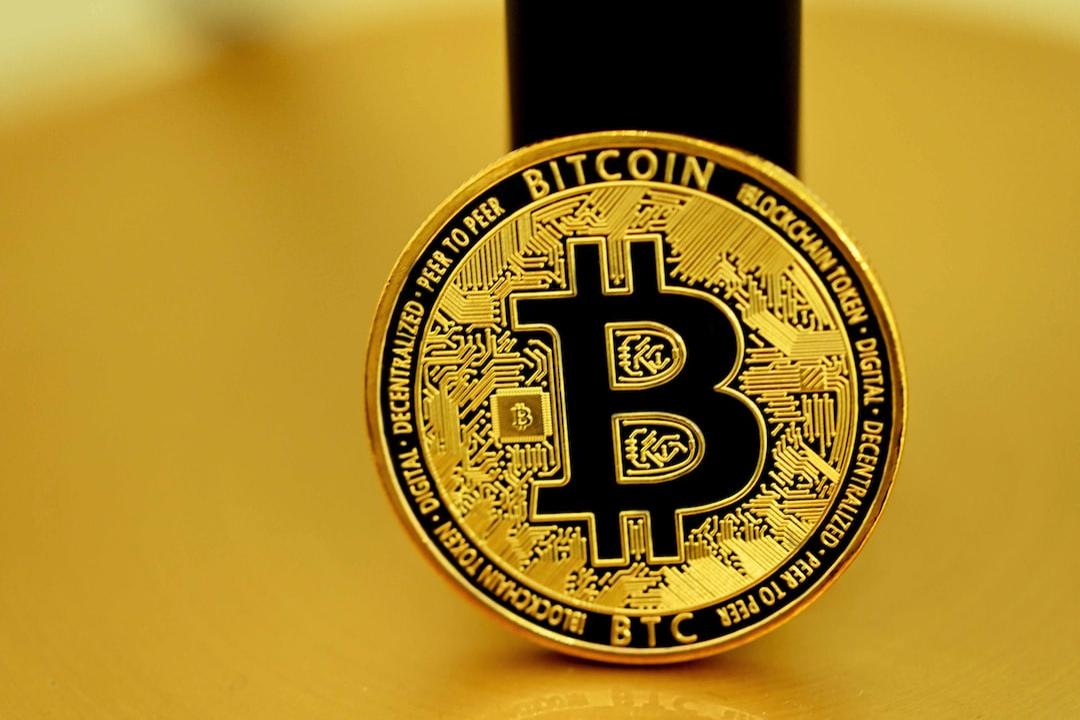One Week of Fluctuations Comes to an End: As the Market Takes a Breath, the Real Key May Lie Within the Pulses of Sino-U.S. Capital Flows
(Background: Trump indicates semiconductor tariffs to be announced within a week! Bitcoin falls below 85,000, U.S. stocks retract gains)
(Additional context: JPMorgan CEO warns: U.S. debt “will eventually face issues,” Fed may repeat 2020 market rescue script! Will Bitcoin benefit from a rise?)
After a week of fluctuating tariff tensions, the market finally found some breathing space over the weekend. However, how long this respite will last remains uncertain, as tariff issues represent an event-driven situation, leading to capital flight and a brief collapse of sentiment, resulting in high volatility.
Nevertheless, once the market confirms the fundamental changes brought about by tariffs and the release of risk-averse sentiment, the entire financial market can find a new balance. This is why global stock markets, particularly U.S. stocks, ended last week’s volatility on a positive note, as evidenced by the changes in the S&P 500’s volatility index.
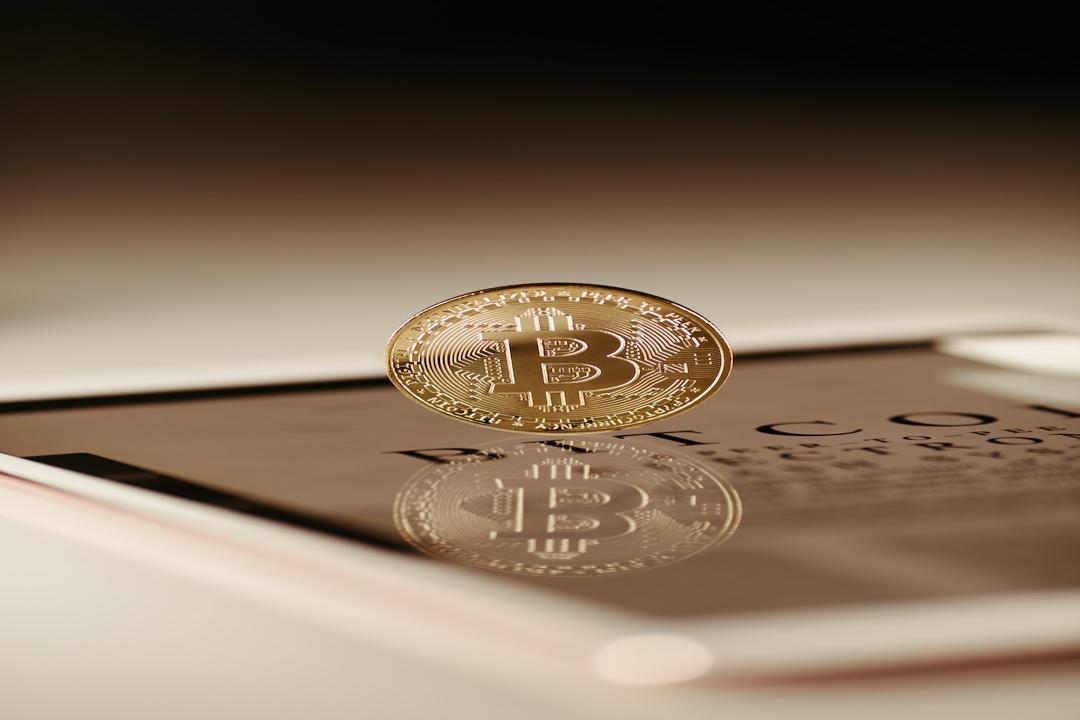
It can be observed that the VIX index reached a recent high last week, with only the extreme event of Japan’s central bank raising interest rates last year and the financial turmoil caused by the pandemic in 2020 being comparable in recent years. This historical rarity explains the significant volatility seen in the market over the past week.
As this massive volatility subsides, the factors influencing the Crypto market will return to the well-worn topics of “inflation” and “interest rate cuts.” Only through rate cuts can there be a “flood” of liquidity, which would provide growth hopes for risk assets led by BTC.
By comparing the global broad money supply (M2) over the past ten years with BTC’s performance, we can analyze this correlation. The following image clearly shows that the substantial increase in BTC over the past decade is built upon the explosive growth of global M2, and this correlation far exceeds that of other financial data.

This explains why BTC always experiences fluctuations whenever U.S. inflation or interest rate-related data is announced. Ultimately, it affects whether new capital can enter the Crypto space.
Currently, however, it seems that most people in the Crypto market are focused solely on the interest rate cut path of the U.S. Federal Reserve, neglecting another noteworthy piece of data—the asset scale of the PBOC (People’s Bank of China), which reflects the current liquidity situation in China.
While everyone is focused on the financial markets on the West Coast, they are overlooking China’s financial liquidity, which is actually closely related to BTC’s ups and downs.
The following image shows the changes in BTC’s performance over the past three cycles compared to the growth of PBOC’s asset scale. This correlation in fluctuations has almost run through every major BTC rally and aligns with the four-year cycles.
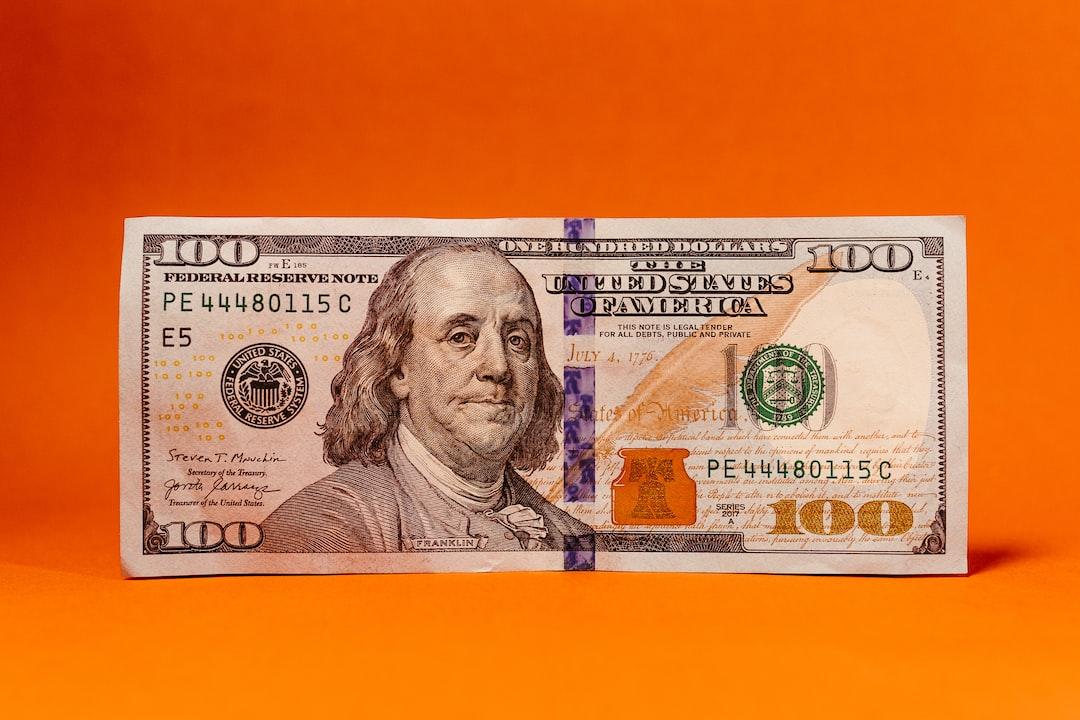
The liquidity from the PBOC played a role during the Crypto bull market of 2020-2021, the bear market of 2022, the recovery from the cyclical low from late 2022 to early 2023, the surge before the approval of the BTC ETF in Q4 2023, and the pullback from Q2 to Q3 of 2024.
Similarly, in the months leading up to the 2024 U.S. elections, PBOC’s liquidity turned positive again, coinciding with a “election bull” market.
However, as shown in the image below, PBOC’s scale began to decline after September 2024 and is expected to bottom out and rebound by the end of 2024, currently rising to a one-year high. From a data correlation perspective, changes in PBOC liquidity typically precede significant fluctuations in BTC and the Crypto market.

Interestingly, during the BTC bull market of 2017, the U.S. Federal Reserve was not the “flooding” party, having raised interest rates three times throughout the year and engaging in quantitative tightening. Nonetheless, risk assets led by BTC performed very optimistically in 2017 because PBOC’s scale reached a record high that year.
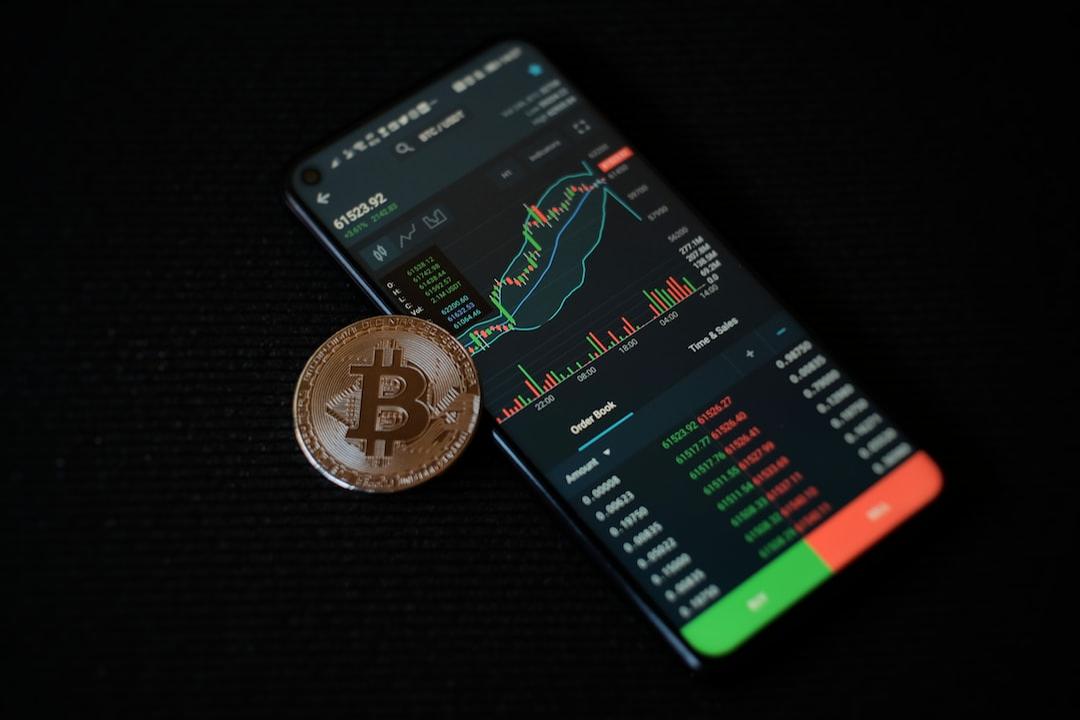
Moreover, even the performance of the S&P 500 shows a certain correlation with PBOC’s liquidity. Historical data indicates that the correlation coefficient between PBOC’s total asset scale and the annual performance of the S&P 500 is approximately 0.32 (based on 2015-2024 data).
In some sense, this is also because the timing of PBOC’s quarterly monetary policy reports overlaps with the U.S. Federal Reserve’s interest rate meetings, thereby amplifying the correlation in the short term.
In summary, we can see that besides closely monitoring the U.S. monetary easing situation, we also need to pay attention to changes in China’s financial data. A week ago, news indicated: “There is ample room for adjustment in monetary policy tools such as reserve requirement ratio cuts and interest rate cuts, which can be implemented at any time.” What we need to do is track this change.
It is worth noting that as of January 2025, China’s total deposit amount is $42.3 trillion, while the U.S. total deposit amount is approximately $17.93 trillion. It must be said that, from the perspective of deposit scale, China has more financial possibilities. If liquidity improves, it may bring about some changes.
Of course, another point to explore is whether the liquidity of funds, if available, will flow into the crypto market, as there are still certain restrictions. However, Hong Kong has already provided an answer; from the perspective of policy looseness and convenience, it is markedly different from a few years ago.
Finally, to conclude this week’s commentary, I would like to borrow a phrase from Lei Jun: “When the wind rises, even pigs can fly.” Riding the wave is better than paddling upstream. What we need to do, apart from waiting, is to dare to climb higher when the wind rises and soar against the wind.
